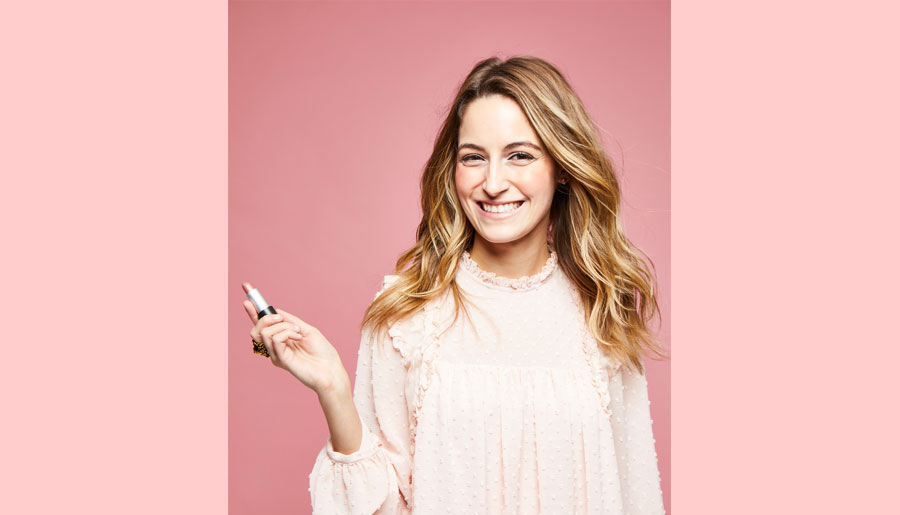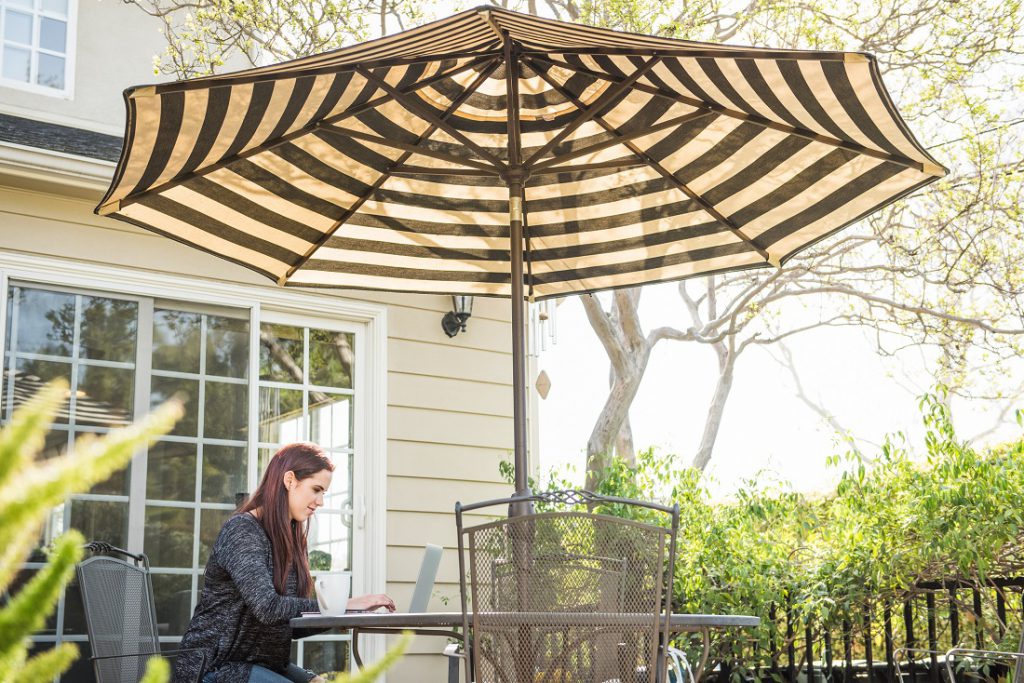Seal of Recommendation
Safe and Effective Sun Protection
Overseen by renowned experts who serve on our volunteer Photobiology Committee, we grant our Seal of Recommendation to a variety of products that meet our criteria for safe and effective sun protection, when used as directed.
Look for the Seal on product labels, packaging, clothing hang tags, online and in catalogs, advertising and in-store promotions. It is a symbol recognized and trusted worldwide.
View our webinars for more information about the Seal of Recommendation.
Look for the Seal
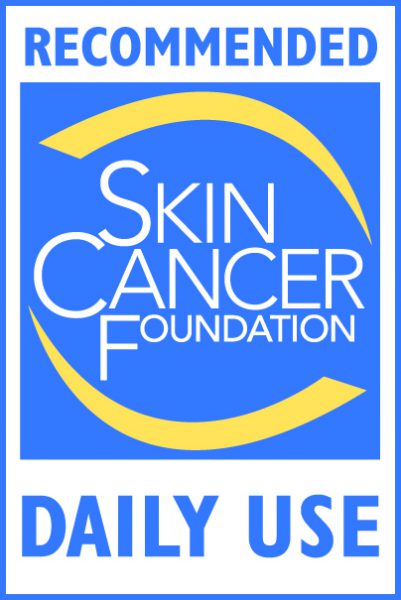
Broad-spectrum (UVA/UVB) sunscreens with an SPF (sun protection factor) of 30 or higher that safeguard you from incidental sun exposure, the kind that occurs over short periods of time, like walking to and from the car, going to work and running errands. This category includes moisturizers, color cosmetics, foundations, eye creams and lip products.
Requirements (FDA approved testing):
- Minimum SPF 30 and substantiation of any water-resistance claims, tested on 10 human subjects.
- Minimum critical wavelength of 373 nm.
- Phototoxicity testing on 20 human subjects.
- HRIPT (also known as RIPT) contact irritancy testing on 20 human subjects.
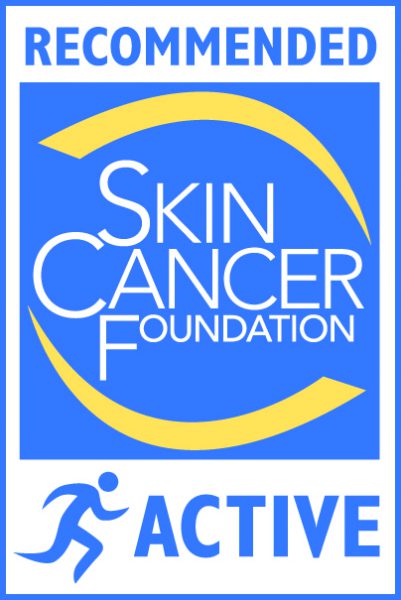
Broad-spectrum, water-resistant sunscreens with an SPF of 50 or higher that protect your skin during extended sun exposure outside when engaging in recreational activities at the beach or park, as well as outdoor work. This category includes high SPF products, sport sunscreens and baby products.
Requirements (FDA approved testing):
- Minimum SPF 50 with proof of water resistance, tested on 10 human subjects.
- Minimum critical wavelength of 373 nm.
- Phototoxicity testing on 20 human subjects.
- HRIPT (also known as RIPT) contact irritancy testing on 20 human subjects.
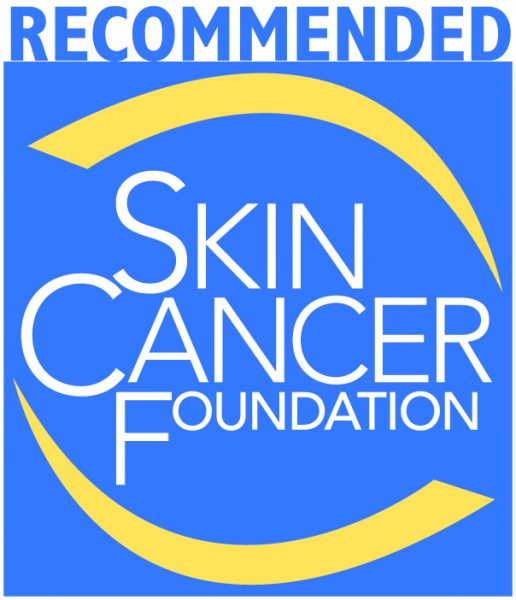
All sun protection products excluding sunscreens, such as UPF (ultraviolet protection factor) fabric for clothing, awnings and umbrellas, hats, sun-protective eyewear and window film and glass.
Fabric Requirements
- Minimum of 50 UPF on the lightest shade in the range.
- Acceptable test results according to the AATCC method or AS/NZS Standard.
- Hats should have a minimum 3-inch brim around the circumference or a minimum 3-inch bill with a permanently attached drape to cover the neck and ears. Baby and toddler hats (size 5T and below) can be submitted with a 2½-inch brim.
Window Film, Glass and Eyewear Requirements
- 99 percent or greater blockage of solar UVA (>320 – 380 nm) and UVB (>290 – 320 nm) radiation.
Program eligibility: Members of The Skin Cancer Foundation’s Corporate Council who manufacture or market sun protection products are eligible to submit products into our application process for the Seal of Recommendation. Companies representing about 100 brands support the Foundation’s mission with an annual Corporate Council membership fee of $15,000. Corporate Council membership fees help support our education programs, including the administrative costs associated with the Seal of Recommendation program.
If they choose, manufacturers complete an application and submit required product data and testing results, which are reviewed by our volunteer Photobiology Committee. Not all of a Corporate Council member’s products meet our standards, and not all submitted products are approved. The Seal of Recommendation is awarded to individual sun protection products, not to brands.
As of September 1, 2024 we have increased the minimum required criteria for the Seal of Recommendation. This criteria is reflected above. We will continue to accept previous criteria through June 1, 2025. Please contact Seal@skincancer.org with any questions or for additional information.
The Seal Webinar Series
The Skin Cancer Foundation launched our first series of educational webinars in 2022. Each informative 30-minute webinar features a guest speaker and focuses on sun protection trends, strategies and best practices, and highlights why sun protection products that have earned our Seal of Recommendation are the best way to protect skin from UV damage that can lead to skin cancer.
The Seal of Recommendation and Sunscreens
Learn from Anna Chien, MD — a longtime member of our Photobiology Committee — how a sunscreen earns the Seal of Recommendation.
The Seal of Recommendation and Wearable Sun Protection
Learn from Elisabeth G. Richard, MD — a longtime member of our Photobiology Committee — how apparel and accessories earn the Seal of Recommendation.
The Seal of Recommendation and Sun Protection for Incidental Sun Exposure
Learn from Elizabeth Buzney, MD, — a longtime member of our Photobiology Committee — how to use products that have earned the Seal of Recommendation in your daily sun protection strategy.


